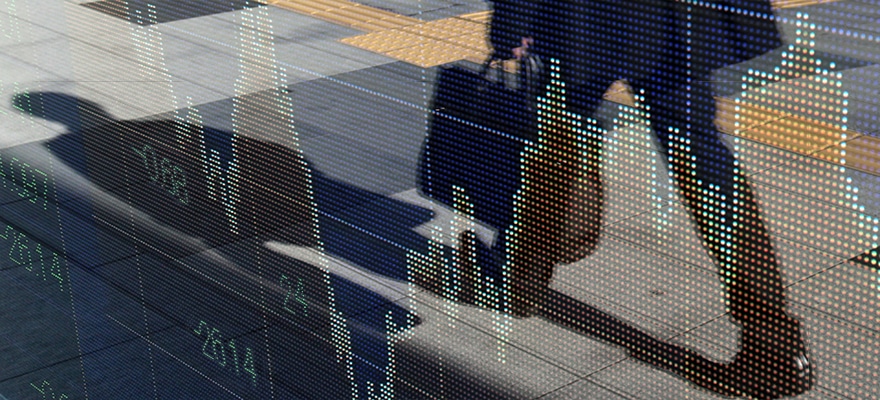The Bank of International Settlements has published a report on High Frequency Trading and its impact on the $4 trillion a day FX markets.
Data was collated by representatives of major central banks including the ECB and Bank of Canada. The report looked at the Flash Crash and the Yens heavy move on 17th March.
Although HFT is increasing in the FX markets its weighting is still limited compared to the equities markets. The report doesnt believe that the flash crash was caused by HFT but an algorithm that went wrong.
HFT is concentrated in the major currency pairs such as euro/dollar EUR, dollar/yen JPY, sterling/dollar GBPD4 and euro/Swiss franc EURCHFR, but it has the potential to spread to emerging market currencies, the BIS report said.
HFT firms, which are mostly specialised and independently run, conduct their activities on inter-dealer electronic broking platforms — EBS and Reuters — and multi-bank electronic communication networks like Currenex, Hotspot FX and FXall.
They are also active on the Chicago Mercantile Exchange (CME) for trading involving FX futures and tend to trade on their own account. A few banks conduct some HFT in proprietary trading, but they are not major players.
High Frequency Trading is a growth area across all asset classes, traders are using quants and algos to employ their strategies that are price and time dependent.












